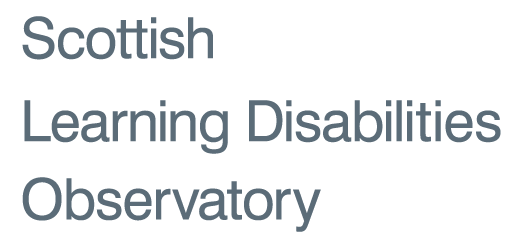Mental health and learning disabilities inpatient census 2014 & 2016

Background
The first Mental Health and Learning Disability Inpatient Bed Census was conducted by the Scottish Government and NHS Boards at midnight, 29 October 2014. An initial report on inpatients who were treated in psychiatric, learning disabilities or addiction beds in NHS Scotland facilities was released on 30 June 2015 (Scottish Government, 2015). This report demonstrated the need for further analysis of the learning disabilities data, due to the notable differences between the inpatient experiences of this patient group and the rest of the inpatient population. For example, the initial report demonstrates that the median length of stay in hospital is much longer for people with learning disabilities or autism. On the census date patients with learning disabilities had been in hospital for an average (median) of 33 months compared to 5 months for other inpatients in the census. A second Mental Health and Learning Disability Inpatient Bed Census was conducted on 31 March 2016. This second census was expanded to include a section on patients receiving Hospital Based Complex Clinical Care (HBCCC).
Aims & Objectives
The aim of this project was to analyse and compare the data for patients with learning disabilities in the 2014 and 2016 Mental Health and Learning Disability Inpatient Bed Census to other inpatients. This will increase our understanding of the use of learning disabilities and mental health inpatient beds by people with learning disabilities, within and out-with NHS Scotland.
What we did
Every patient occupying a psychiatric, addiction or learning disabilities inpatient bed in an NHS Scotland facility and every patient whose care was funded by NHS Scotland, but treated in a facility outwith NHS Scotland (e.g. in a local authority care home, in a private hospital, in an NHS England facility) on the Census date (midnight on 31st March 2016) met criteria for inclusion in the census. All 12 NHS Scotland territorial boards which have psychiatric, addiction or learning disability inpatient beds provided a return, as did The State Hospital (Special NHS Board). Descriptive statistics and cross tabulations were conducted on all variables of interest, comparing people with learning disabilities to other mental health inpatient bed users.
What we found
On the Census dates, 301 (7.6%) patients in 2014, and 266 (7.2%) in 2016 had learning disabilities. More adults with, compared to without, learning disabilities were admitted for >5years (2014: 38.2% versus 11.4%; 2016: 36.7% versus 11.7%), more were subject to delayed discharge (2014: 20.3% versus 6.6%; 2016 22.7% versus 6.3%), and more were detained under the mental health act (2014: 66.9% versus 36.7%; 2016: 75.4% versus 41.4%). Distance from home was similar for patients with and without learning disabilities.
What these findings mean
Population admission prevalence, and higher mental health act detentions suggest the adults with learning disabilities were admitted with more severe mental illness. Little progress was made in reducing delayed discharges between 2014 and 2016; policy-driven concerted multi-agency action is needed
For further information on this project, please contact Kirsty Dunn
Page updated 17 August 2020
